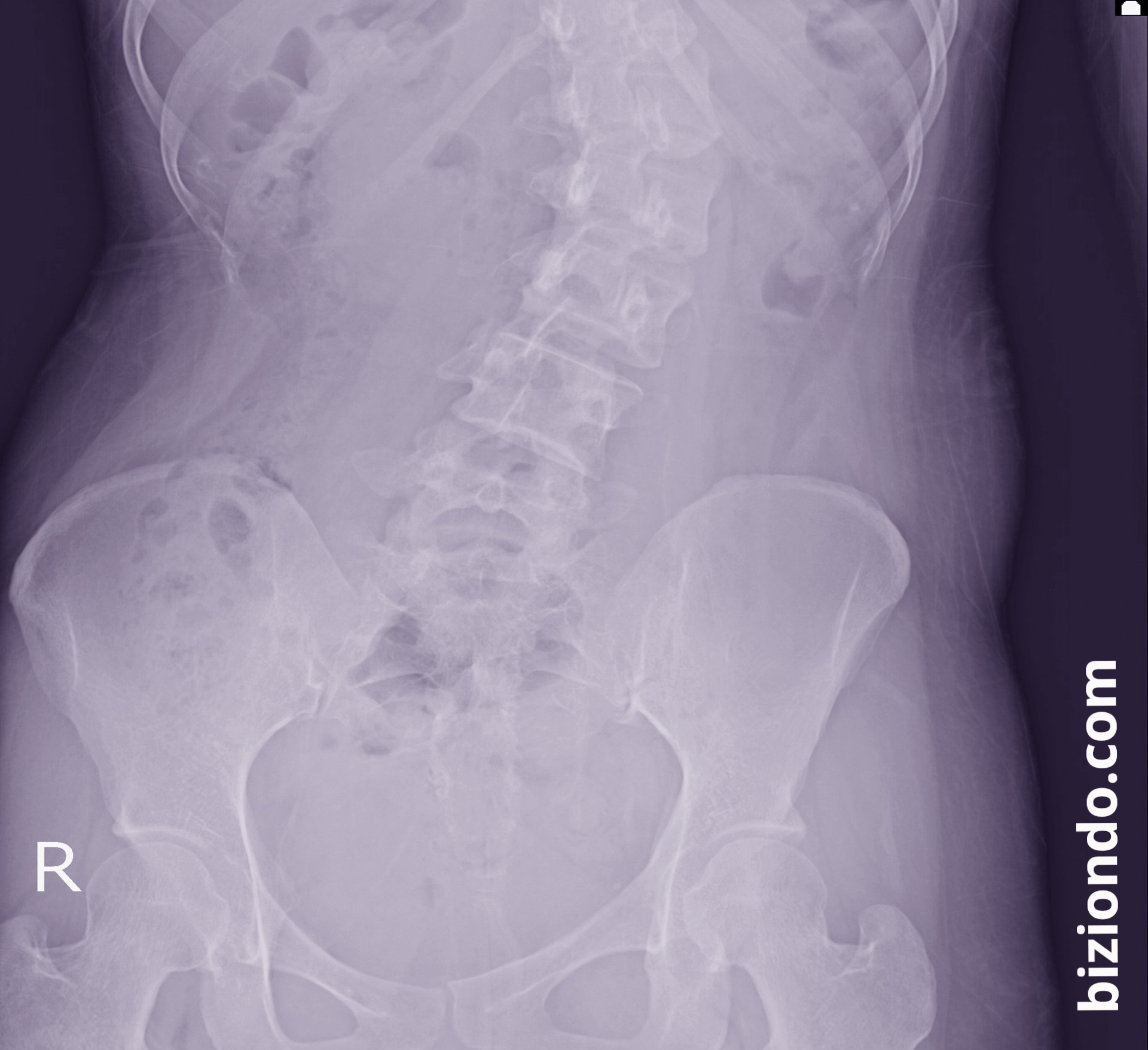Scoliosis: Causes, Symptoms, and Updated Treatments
Scoliosis is a condition that affects the spine and often goes unnoticed until it causes visible discomfort or pain. It's not just "poor posture," but a real deviation of the spine that can occur in children, adolescents, or adults. In our experience at Biziondo, as a spine clinic, we've seen how early diagnosis and proper treatment can make a huge difference in a patient's quality of life.
¿Qué es la escoliosis?
Scoliosis is an abnormal curvature of the spine that can be shaped like an "S" or a "C." Although it's usually diagnosed in childhood or adolescence, it can also occur in adults, especially due to natural wear and tear of the discs.
Difference between scoliosis, kyphosis and lordosis
Scoliosis: lateral deviation of the spine.
Kyphosis: excessive forward curvature (hump).
Lordosis: a pronounced inward curvature in the lumbar region.
Types of scoliosis
- Idiopathic: the most common, of unknown origin, especially in adolescents.
- Congenital: caused by malformations present from birth.
- Neuromuscular: associated with diseases such as cerebral palsy or muscular dystrophy.
- Degenerative: appears in older adults due to wear and tear of bones and discs.
Symptoms of scoliosis
Symptoms vary depending on age and degree of deviation.
Symptoms of scoliosis in children and adolescents
- One shoulder higher than the other.
- Cintura o cadera desalineada.
- More prominent scapula (shoulder blade).
Symptoms in Adults
- Persistent lumbar or cervical pain.
- Stiffness in the back.
- Muscle fatigue after periods of standing or sitting
Does scoliosis always cause pain?
Not always. Many mild cases are painless, but in clinical practice, I've observed that even mild scoliosis can cause postural discomfort and muscle tension if not treated promptly.
Causes and risk factors of scoliosis
The exact cause is often unknown, but there are factors that increase the risk:
- Genetics: family history.
- Accelerated growth in adolescence.
- Neuromuscular diseases.
- Wear of discs and bones in older adults.
Diagnosis of scoliosis
El diagnóstico temprano es clave. Este se realiza a través de una evaluación física y pruebas de imagen.
Evaluación Física
Specialists perform the Adams test (forward bending) to detect asymmetries. During the physical evaluation, the doctor will look for visible signs of scoliosis, such as those mentioned above.
X-rays and imaging studies
X-rays are the most commonly used method. At Biziondo, we have advanced studies that allow us to accurately measure the curvature angle (Cobb angle) and design a personalized treatment plan.
Treatment for scoliosis
Treatment for lumbar scoliosis may vary depending on the severity of the deformity.
Non-Surgical Options
Orthopedic corset: in adolescents it can slow progression.
Specialized physiotherapy: exercises to strengthen back muscles.
Advanced therapies: In my clinic, we work with cutting-edge rehabilitation programs that help reduce pain and improve mobility.
Scoliosis surgery
Cuando la curvatura supera los 40–50 grados, puede recomendarse la cirugía. El procedimiento más común es la artrodesis, que es fijación espinal con tornillos y barras, que estabiliza la columna.
Exercises and habits that help with scoliosis
Physiotherapy routines
Stretching, breathing, and paraspinal muscle strengthening exercises.
Recommended sports
Swimming, Pilates, and gentle yoga are allies for maintaining spinal flexibility and strength.
Importance of daily posture
A simple adjustment such as using ergonomic chairs or alternating between sitting and standing can reduce discomfort.
Complications and progression of scoliosis
Does scoliosis get worse with age?
In some cases, yes. That's why medical follow-up is essential.
Impact on mobility and general health
Puede afectar la capacidad pulmonar, generar dolor crónico y limitar la movilidad si no se trata.
Cuándo consultar a un especialista
Whenever visible asymmetry or recurring pain is detected, it is best to visit a specialized spine clinic.
Vivir con escoliosis: consejos prácticos
Living with scoliosis doesn't mean sacrificing quality of life. With good treatment and professional support, patients can lead active and healthy lives. In our experience, the most important thing is to combine the physical aspect with emotional support. Many patients arrive worried, but when they see results—less pain, better posture, more confidence—they experience a positive change that transforms their daily lives.
Scoliosis is more than a curvature of the spine: it's a condition that requires early, specialized care. The good news is that effective treatments—from physical therapy to surgery—can significantly improve quality of life.
At a spine clinic like Biziondo, the combination of advanced technology, personalized treatments, and personal support makes the difference between a patient who suffers and one who regains their confidence and well-being.
We can help you with your spine problem
Solicita hoy tu consulta online gratuita para valorar tu caso.
💡 Remember: For more advanced treatments, you may need to visit one of our clinics in Spain.




